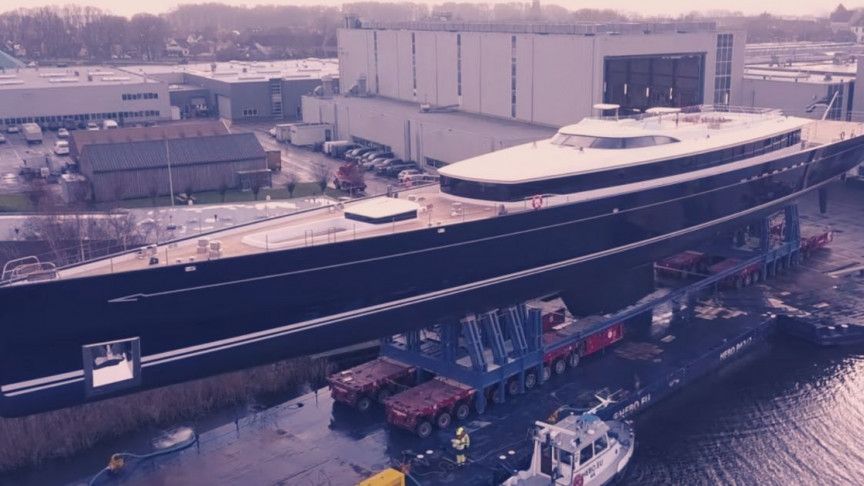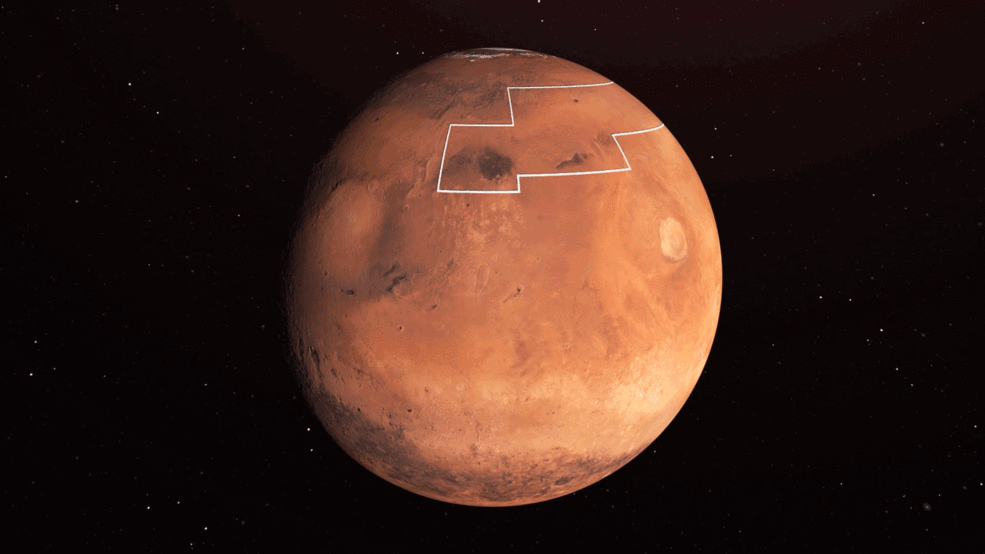Shift by FDA expected to help increase tests to 10,000 per day.



The Dutch shipbuilder Royal Huisman used an engineering process developed by the European Space Agency (ESA) for space missions in the design of the superyacht Sea Eagle II — expected to become the largest aluminum sailing yacht in the world upon delivery to its owner this Spring.
Engineering design used by the European Space Agency was used to create the largest aluminum superyacht.

Scientists think if there is life on Mars it’s likely to be hidden in deep underground caves.
This theory is supported by NASA experts and the U.S. space agency will be sending a new rover to the red planet this summer.
According to Space.com, NASA Jet Propulsion Laboratory research scientist Vlada Stamenković explained the Martian underground life theory at a recent space event.

This new laser microscope can reveal cells like never before 😱.

Regeneron will work with the U.S. government to develop antibody treatments for the new coronavirus from China, disclosing Tuesday an expansion of a partnership that previously yielded an experimental drug cocktail for the Ebola virus.
The Tarrytown, New York-based biotech is one of roughly a dozen drugmakers now working on treatments for the coronavirus that emerged late last year in Wuhan, China. Most are smaller companies unlikely to possess sufficient funds to run large-scale tests, although Johnson & Johnson and Gilead have announced initial efforts in recent weeks.
The biotech hopes to replicate its past success in quickly advancing a treatment for Ebola. But, as that experience showed, proving a new antiviral isn’t easy.

Since the new coronavirus was first identified in Wuhan, China, on Jan. 7, companies and academic groups around the world have been working at breakneck pace to develop new therapies for the virus, now called SARS-CoV-2. This week, two US biotech firms, Moderna and Gilead Sciences, positioned themselves as frontrunners.
The world’s first clinical trial of a vaccine for the novel coronavirus will soon begin in the US. On Feb. 25, Moderna announced that it has shipped its experimental vaccine to the National Institutes of Health (NIH), which will conduct the trial. The entire process—from vaccine design to manufacturing to shipment—took only 7 weeks.
Gilead has a head start on an antiviral, while Moderna is pursuing a novel mRNA vaccine.

The treatment could hold real promise as coronavirus infections and deaths outside of China continue to swell. “There is only one drug right now that we think may have real efficacy and that’s remdesivir,” said WHO assistant director-general Bruce Aylward during a press conference in Beijing on Monday. The drug is already being enlisted in clinical trials in China.
Gilead’s antiviral remdesivir is being used in the first U.S. clinical trial to treat COVID-19, the disease caused by the new coronavirus.


At a quantum level, the vanishingly tiny particles that make up the building blocks of everything don’t even have a set location, just a smear of possible positions dictated by complex rules of probability.
And theoretical physicist Sean Carroll is entirely happy with that. He says that the fact that tiny particles like electrons and photons don’t have one set place in the universe is evidence that there are many parallel universes.